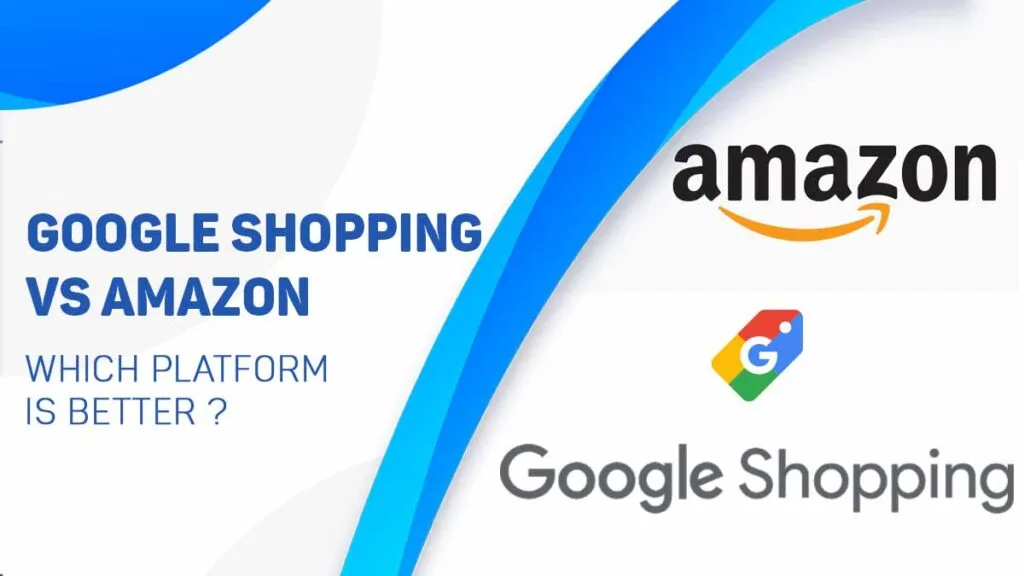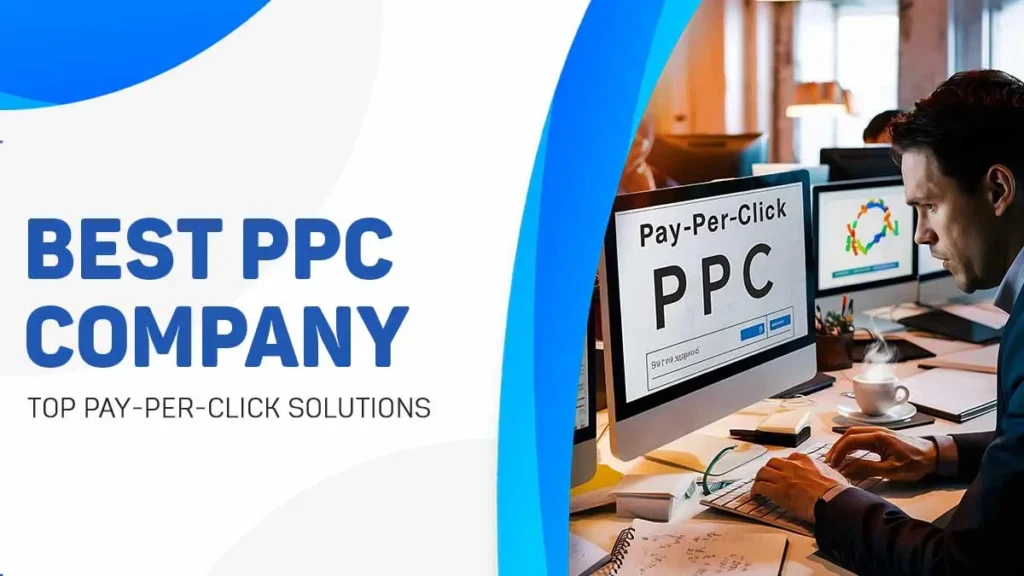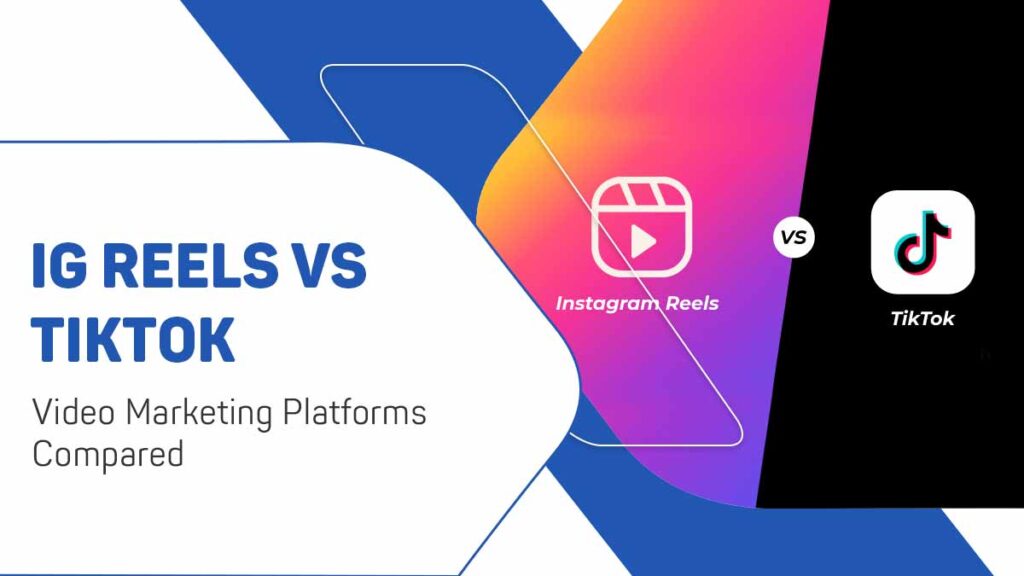Have your recent conversations also included Google Shopping vs Amazon for your business?
Deciding where to invest your marketing dollars can be overwhelming, especially when it comes to platforms as dominant as Google Shopping and Amazon.
Each has its own set of strengths, unique opportunities, and quirks that can make or break your advertising strategy. So, how do you choose between these giants of the digital marketplace?
Whether you’re looking to boost visibility, drive sales, or just make a smarter ad spend, understanding the key differences between Google Shopping vs Amazon is crucial.
Let’s dive into the battle of Google Shopping vs Amazon and discover which platform could be your ultimate marketing ally.
What is Google Shopping?
Google Shopping is a paid advertising platform that allows retail brands to promote their products directly in Google search results. If you’re familiar with PPC (pay-per-click) campaigns on Google Ads, the setup will be similar.
You start by creating a campaign in Google Ads, selecting the appropriate campaign type, and paying for user clicks.
With Google Shopping, your products are displayed visually in search results based on your selected keywords.
This ad format provides an immediate visual impression, showcasing your product’s image, price, and brand. The ads appear in a carousel format, featuring your products alongside those from competing brands.

Source: Pexels
What is Amazon?
While Google Shopping is a relatively new opportunity that may require some clarification, Amazon needs no introduction. Amazon is synonymous with online shopping as the largest online marketplace and leading global retailer.
When comparing Goolge shopping vs Amazon, marketing opportunities , fundamental differences exist.
Amazon PPC ads offer an alternative to Google Shopping, each with its advantages and drawbacks. Let’s explore the pros and cons of these platforms to determine the best fit for advertising your products.
Benefits of Advertising: Google Shopping vs Amazon
| Google Shopping | Amazon |
| 1. Increased Visibility 2. Targeted Audience 3. Competitive Advantage 4. Detailed Performance Metrics | 1. High Intent Audience 2. Sponsored Products Placement 3. Amazon Prime Audience 4. Robust Advertising Tools |
- Increased Visibility:
Advertising on Google Shopping can significantly increase the visibility of your products by showcasing them at the top of search results when users are actively looking to make a purchase. - Targeted Audience:
Google Shopping ads allow you to target a specific audience based on search intent, keywords, and user behavior, ensuring that your ads reach users who are more likely to convert. - Competitive Advantage:
By leveraging Google Shopping ads, you can outshine competitors and attract more clicks and conversions, ultimately boosting your sales and revenue. - Detailed Performance Metrics:
Google Shopping provides detailed insights and metrics on ad performance, allowing you to optimize your campaigns, track ROI, and make data-driven decisions to improve your advertising strategy.
Amazon
- High-Intent Audience:
Advertising on Amazon puts your products in front of a high-intent audience, as users on the platform actively search for products to purchase, increasing the likelihood of conversions. - Sponsored Products Placement:
Amazon offers sponsored product ads that appear within search results and product detail pages, giving your products prime visibility to users ready to make a purchase decision. - Amazon Prime Audience:
- Advertising on Amazon allows you to reach Prime members known as loyal and frequent shoppers. This could lead to higher conversion rates and customer retention.
- Robust Advertising Tools:
Amazon provides a suite of tools for campaign management, keyword targeting, and performance tracking, allowing you to optimize your campaigns for better results and ROI.
Fundamental Differences: Google Shopping vs Amazon
Here are some of the key differences between advertising on Google and Amazon:
- Website
Amazon can be fantastic for a new business or minor operation because it doesn’t require a website. Sellers and vendors just sign up with Amazon and get listed in the marketplace, with Amazon taking a cut of the sales. - Reach
Google dwarfs Amazon for sheer availability, with Google in 36 countries as of this writing and Amazon in 10. - Payment options
Google charges for each click on an ad. Amazon offers both this model and a subscription-based one with a $39.99 monthly cost. - Strategy
As has been said multiple times, Amazon and Google function differently. What works on one site might not work on another (more on this in a bit). - Which page does the user wind up on
On Amazon, purchases happen strictly within that site, with buyers going to product detail pages. Meanwhile, buyers often click links with Google and are taken to third-party sites to complete their transactions. - Levels of control
Each platform offers different levels of control, with Amazon providing keyword targeting and matching options. Google retains more control, eschewing keyword stuffing and deciding which information goes in ads. - Pricing
Amazon first made its mark by selling books at a loss. This philosophy continues, with Amazon being a low-cost digital leader. Most consumers will agree that price is the main determining factor on Amazon, so items may need to be listed for less than they would on Google Shopping ads. - Targeting
On Amazon, targeting is managed either automatically through its algorithm or manually by the merchant selecting keywords for ads. In contrast, Google Shopping does not permit keyword stuffing and offers the added advantage of retargeting. - Tracking
Both platforms offer built-in tracking tools. Amazon provides data on metrics like Advertising Cost of Sales in downloadable spreadsheets, while Google allows sellers to generate detailed Shopping Campaign reports.
Seven Things You Must Keep In Mind About The Google Shopping vs Amazon Debate
- Amazon users have a more substantial purchase intent
Most users visit Amazon with a strong intent to purchase. Amazon facilitates this process by allowing users to compare options and secure the best prices. The likelihood of a purchase is particularly high among Prime members.
In contrast, Google Shopping users are more influenced by the platform’s reputation, their previous experiences, and the guarantees offered by Amazon. The dynamics are different with Google Shopping.
When entering the product search request, users are more likely to find more information about the product. Next, they compare pricing and product features, and only after completing this evaluation do they proceed with the purchase.
Simply put, Google and Amazon users are at different stages of the sales funnel. Google users are at the awareness stage, while Amazon users are at the consideration stage for products. - Amazon advertisements are cost-effective
Amazon ads price is nearly $0.7. per click while Google charges more than $1. This difference may seem insignificant, but considering the reach of these ads, the final saving on product ads makes the right choice apparent.
Amazon offers better promotion opportunities like the Product Display, Sponsored brand ads, and Sponsored Products. - Google helps you reach more customers
Google owns retail search—80% of product searches happen with its help. Amazon, in turn, owns the e-commerce market. Amazon’s share of US eCommerce is nearly 50%.
However, Google is more promising when it comes to reaching customers since you can target your campaigns to users from 36 countries.
Amazon, in turn, allows international selling in only 10 countries. You must set up a separate campaign for each of them. - Google builds brand awareness and recognition
Amazon sellers don’t have any opportunity to showcase their brand identity. Amazon strictly prohibits using logo images and links to your website in your marketing materials.
Your product and the best price are the only opportunities to stand out on Amazon.
Google Shopping helps your brand be recognizable since the buyer is immediately redirected to the brand’s website. - Users trust reviews on Amazon
A critical difference between selling on Amazon and through Google Shopping is the attention to user reviews.
Amazon reviews are more credible than branded websites since Amazon follows verification protocols for their reviews.
Amazon promotes products with higher ratings, which result from positive user reviews. - Google Shopping ads are attention-grabbing
Amazon offers sellers a very competitive environment. Therefore, it is challenging to stand out, even if paid promotion opportunities are utilized.
Comparatively, Google shopping ads focus on visuals and ensure that consumer attention is caught, which leads to conversion. The straightforward structure of easily noticeable product image, price, and brand name works wonders for these ads. - Google Shopping enables you to gather comprehensive data about your users via several tools
Google Shopping collects consumer data by integrating Google Analytics and other behavior-tracking solutions through Google My Business, YouTube, and social media.
Amazon frequently publishes reports on consumer behavior, such as users’ demographics, spending, and order history. Still, if we compare the options, our website is more promising for valuable data gathering.
Google Shopping vs Amazon: Determining the Best Platform for Your Business
Choose Google Shopping If:
- Your goal is to reach new customers: If you aim to grow your customer base, Google PPC is an outstanding starting point. It’s a robust way to increase traffic in conjunction with social media.
- Your website is fully developed: If you possess a high-quality website replete with an outstanding user experience and attractive design, Google Shopping may be the ideal choice. Ensure your website, including its mobile version, is prepared for this platform.
- You offer a broad product range: If you possess an extensive inventory that will be consistently available, Google Shopping can effectively showcase your products and services.
- Brand recognition is a priority: If your objective is to enhance brand recognition, a well-designed website can facilitate this on Google.
Choose Amazon If:
- Your objective is a quick launch: Selling on Amazon requires less time to set up than building a website, making it an ideal choice for those looking to launch quickly.
- Your product stands out in a saturated market: Amazon is an excellent platform for unique products or those with fewer competitors.
- You seek simplified logistics: Amazon offers various logistical services, which include inventory management and fulfillment.
- You want to leverage a high-intent audience: The high purchase intent of Amazon users can lead to higher conversion rates for your products.
How Can Wide Ripples Help?
Any side you stand by in the discussion of Google Shopping vs Amazon,Wide Ripples is there for you! Our team simplifies advertising on Google Shopping and Amazon with expert services:
- Website Design:
We create optimized, user-friendly websites that enhance user experience and boost conversions. - SEO:
Our SEO strategies improve your search visibility and drive targeted traffic to your site. - Paid Ads:
We design and manage effective PPC campaigns to maximize your ROI on both Google Shopping and Amazon. - Analytics:
We provide detailed performance insights to refine your strategies and improve results. - Strategic Guidance:
We help you choose the best platform and approach based on your business goals.
Partner with Wide Ripples to optimize your digital marketing and stand out in the competitive online market.
Google Shopping vs Amazon: Frequently Asked Questions
How does Google Shopping work?
Google Shopping allows businesses to list products that appear in search results when users search for related items. Advertisers pay per click, and the ads lead users to the business’s website.
What are the benefits of selling on Amazon?
Selling on Amazon gives you access to a large, high-intent customer base, robust advertising tools, and fulfillment services like FBA (Fulfilled by Amazon).
Which platform has better reach: Google Shopping vs Amazon?
Google Shopping generally has a broader reach across the internet, while Amazon has a highly targeted reach within its marketplace.
How can I optimize my products for Google Shopping?
Ensure your product feed is complete and accurate, use high-quality images, and utilize relevant keywords in your product descriptions.
What are the fees associated with selling on Amazon?
Amazon charges referral fees, a percentage of the sale price, and additional costs for using services like FBA.
Can I sell the same products on both Google Shopping and Amazon?
Many businesses sell on both platforms to maximize their reach and sales potential.
What are the advertising options on Google Shopping?
Google Shopping offers various ad formats, including standard Shopping ads, Showcase Shopping ads, and Local Inventory ads.
How do I set up a Google Shopping campaign?
You need a Google Merchant Center account to upload your product data and a Google Ads account to manage your campaigns.
What are the challenges of selling on Amazon?
Challenges include high competition, fees, and strict seller guidelines.
Google shopping vs Amazon:Which platform offers better customer support for sellers?
Amazon is known for its comprehensive seller support services, while Google Shopping offers robust support through Google Ads.




